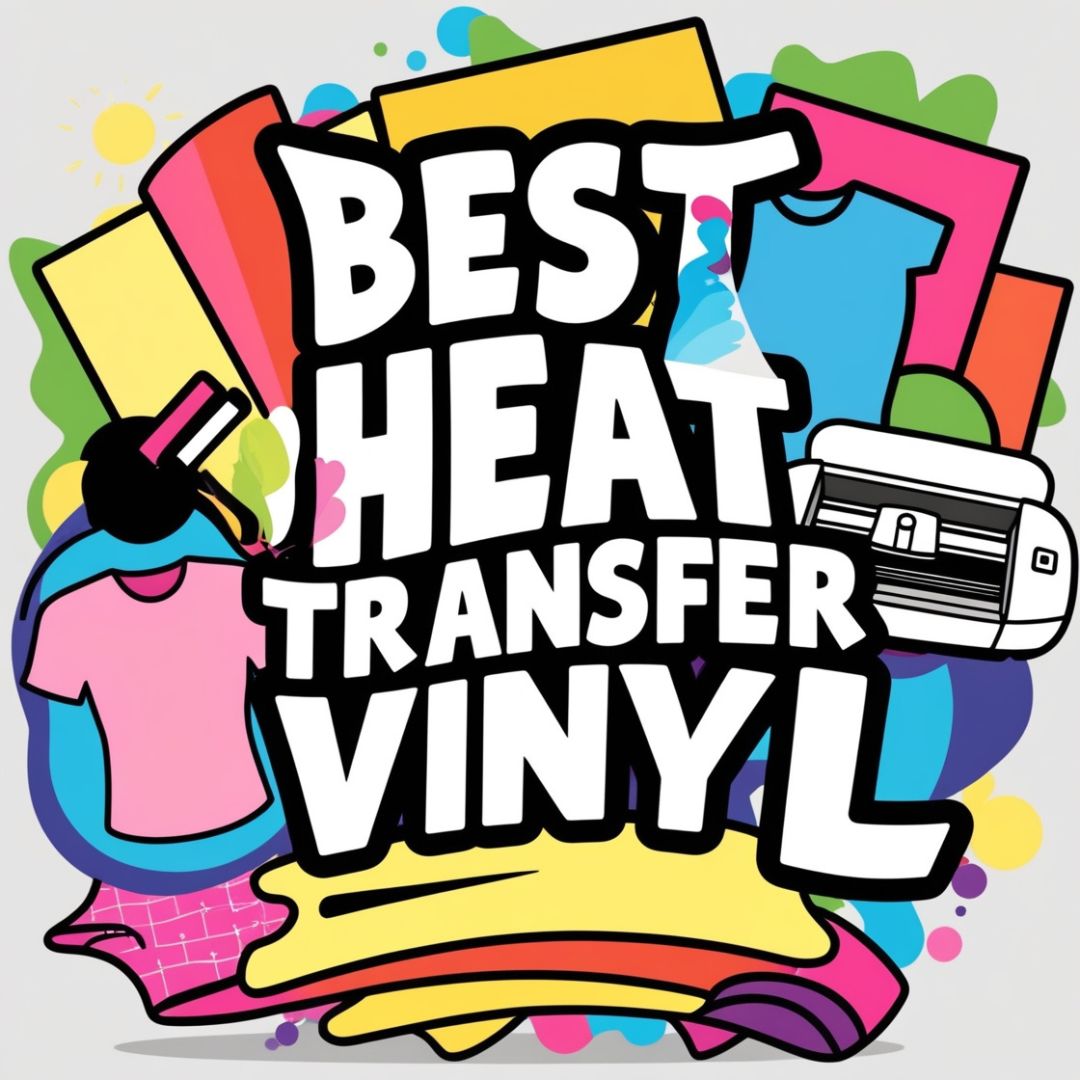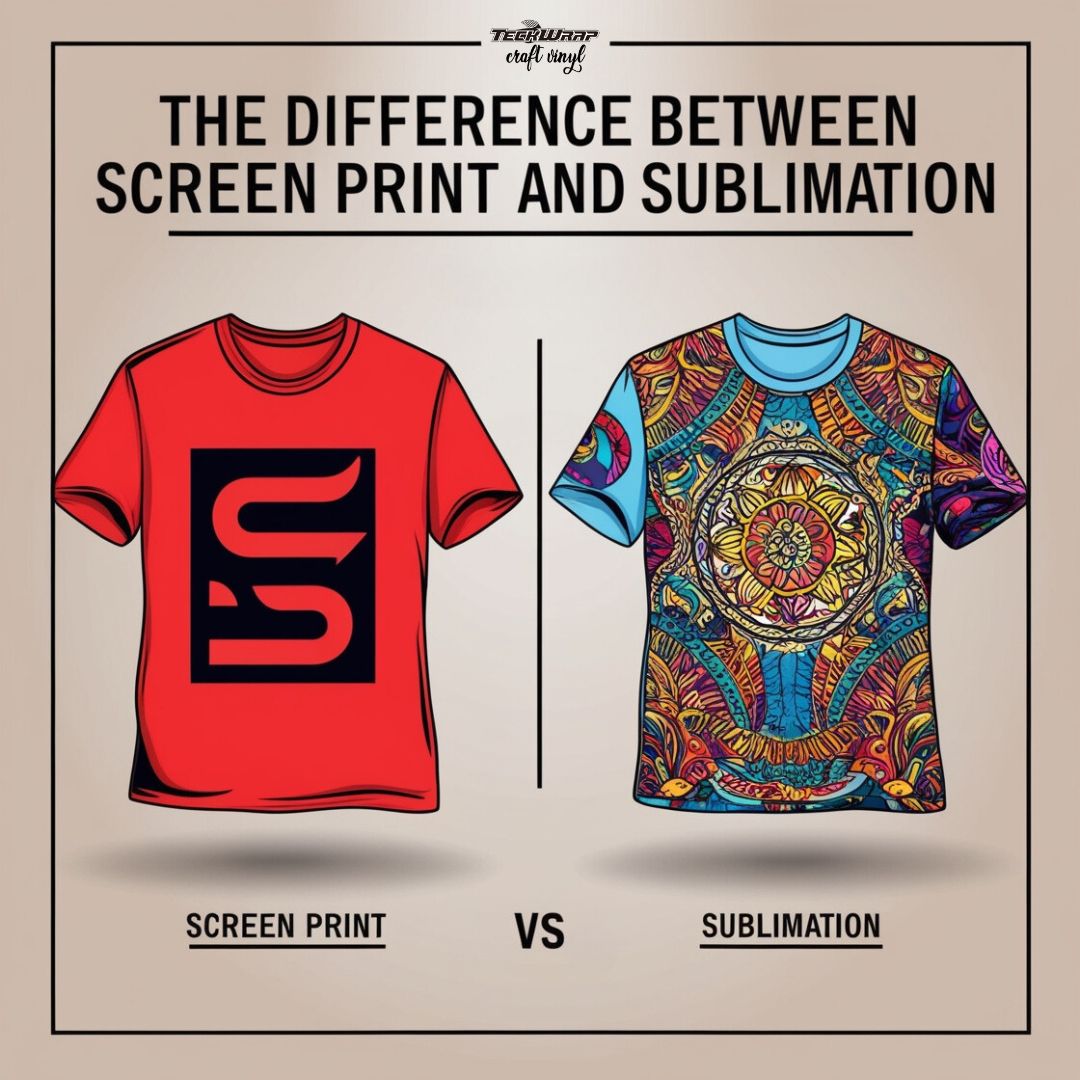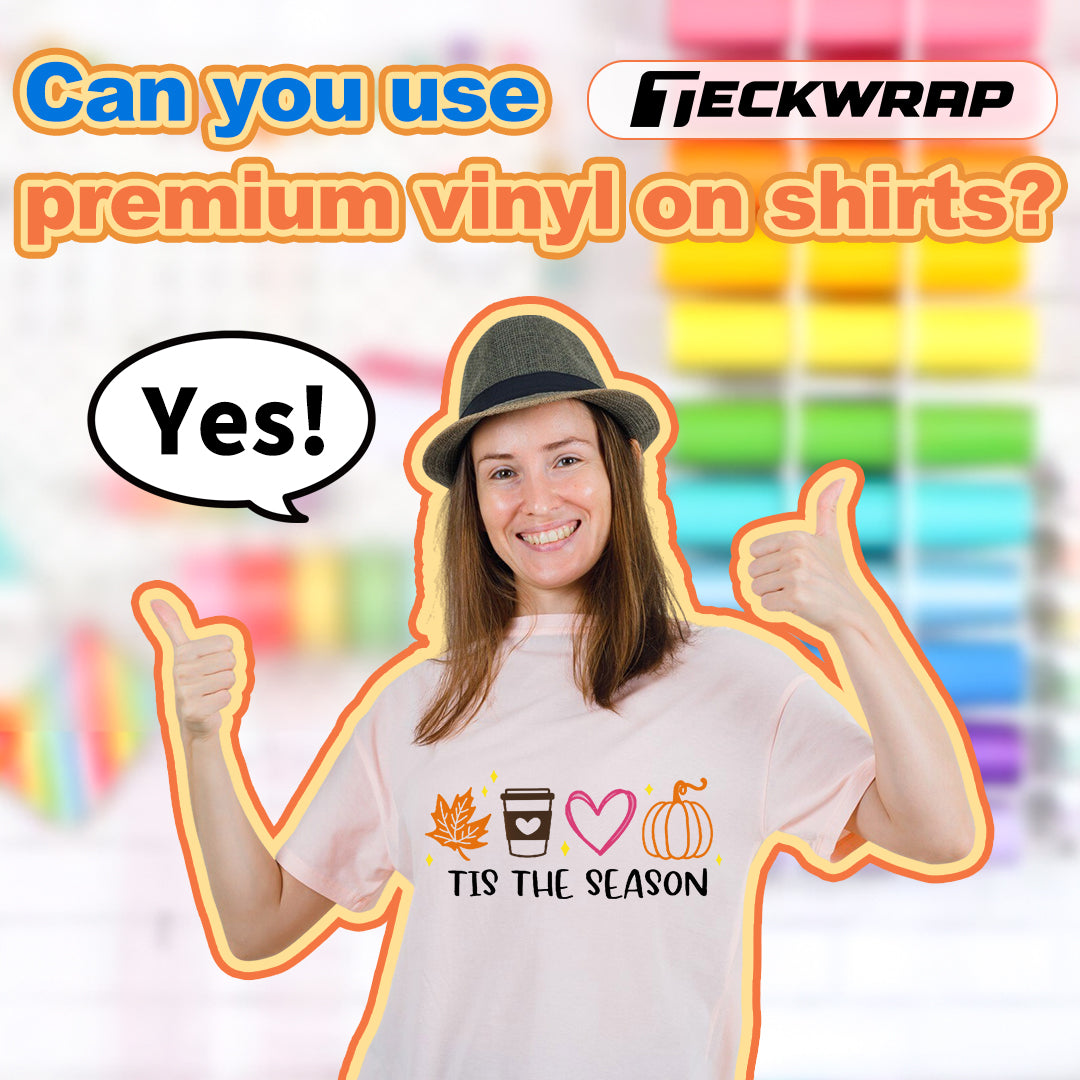Posted By TeckWrap Craft On April 12, 2023
What Is A DTF Transfer? Direct-To-Film Transfers

What is a DTF transfer? — DTF stands for Direct To Film. This printing process involves printing a design directly to a film, and transferring the design into a shirt or other substrates by using a heat press mechanism.
With DTF printing, you can print full colors, on any kind of fabric whether it be cotton, polyester, or silk. Additionally, DTF can be used to print on both dark and light-colored fabrics. If you want to learn more about DTF transfers, and a cheaper printing hack compared to DTF, then you shouldn’t stop reading!

What Do You Need For DTF Printing?
If you are new to DTF printing and plan to dip your nose in this industry, then read carefully. In DTF printing, what you need are:
- Direct to film printer
- DTF Film also known as PET Films (pre cut sheets or available in rolls)
- Software for DTF Printer (eg. RIP Software)
- Hot melt adhesive powder
- DTF inks (Pigment ink or eco solvent ink)
- Automatic powder shaker
- Curing oven
- Heat gun
- Heat press machine
Seems like a lot, huh? The DTF printing process is not just a print, cut and press process. Although there are lesser restrictions on the fabric you can print on as compared to DTG printing, ang less messy as compared to the traditional screen printing process, DTF requires more precision when it comes to garment printing.

How Does DTF Printing Work?
In case you want to expand your printing business and try out DTF printing, you should be familiar with how the whole process works. Here’s the summary of the step-by-step process:
- Shake the ink tank (especially if the printer hasn't been used for a long time)
- Upload your design on the DTF printer's software
- Adjust the size
- Mirror the image
- Print the image on the PET film
- Print using the best print settings
- Run head cleaning on the printer
- Change setting: 100% White ink under any color -IMPORTANT!
- Place the hot melt powder on the backside of the image printed or the white layer (just a small amount). Keep and reuse the excess powder for future projects.
- Melt the powder using a heat gun and and cure it
- Use a curing oven or place below the heat press machine but do not completely close it, this works for slide-type heat press machines. Temperature is at 160 degrees Celsius and exposed for 15 seconds

- Pre-press the fabric
- Heat press the DTF on the shirt and don't forget to place a Teflon Sheet above it.
- Cold peel!
- That's it!
- The whole process to print on one shirt, takes about 5 to 10 minutes depending on the detail, colors and size of the design.
As you can see, when you print DTF transfers, you don’t need to use your cutting machine. In a nutshell, to create DTF prints, the process is - print, powder, cure and press! DTF printing requires powdering, melting and curing the film DTF, that’s a step you shouldn’t miss out on. Because if you skip this step, the DTF print won’t transfer on the t-shirt.
What Is The Difference Between Direct-To-Garment Or Direct-To-Film Printing?
DTF means direct-to-film printing, meanwhile DTG means direct-to-garment printing. With DTF, you print directly on the film and press it onto a fabric. Meanwhile, with DTG, you print directly on the garment.
With DTG printing, you need to invest on DTG printers which are costly as compared to DTF printers. Direct to garment printers are costly, however the preparation process is less tedious as compared to DTF printing.
Is There An Easier Alternative To DTF Printing?
If investing on a DTF printer is not in your cards right now, there is a cheaper alternative, with somehow the same printing output as expected of DTF printing. If you’re a beginner in the printing business, then go for a heat transfer vinyl, sublimation printing or with Dark Transfer Paper. Here’s what you need to know.
Light Or Dark Transfer Paper
A cost-effective and faster alternative to Direct to film printing is by using a dark transfer paper. Many garment decorators opt to use dark transfer paper as an alternative to DTF printing because it’s cheaper and the materials are more accessible. With Transfer Paper printing what you’ll need are:
- Inkjet printer with pigment ink
- Light or dark transfer paper
- Cutting machine
- Heat press machine

Basically, in this printing process, it’s just print, cut and press. That’s it! However, when you’re using a transfer paper, here’s what you’ll need to remember. Only use light transfer paper for light-colored garments and dark transfer paper for dark-colored garments.
Just like DTF printing, you can expect full-colored prints. Also, you can purchase pre-cut transfer papers in pre-cut

Heat Transfer Vinyl
With heat transfer vinyl printing, all you need is your cutting machine and heat press machine, and you can print on any t-shirts you want. Just like DTF printing, there’s no limitation on the fabric you can print HTV on. Whether it be 100% cotton garment, poly blends or polyester.
With HTV printing, the print designs have color limitations because of the available HTV designs. However, the upside with HTV printing is the unique and special heat transfer vinyl designs, which you can’t achieve with DTF printing. You can’t have it all, can you?
With DTF printing, you can achieve a full-colored design, however you can’t achieve that Opal. Glitterized or Glow-in-the dark design, can you? HTV printing is recommended for print designs with up to three colors. Make sure to check out TeckWrap Craft’s selection of best heat transfer vinyl.
Sublimation Printing
With sublimation printing, there are limitations on the fabric you can print on. You can only sublimate on light-colored polyester fabrics. However, with sublimation printing, you can also expect vibrant colors printed on the t-shirt.
With sublimation printing, all you need to do is print on a sublimation paper, using an inkjet printer with sublimation ink, no need to use a cutting machine and then heat press the design on the fabric.

As compared to the DTF process, sublimation printing has its limitations especially on the garment you can print on. However, with sublimation printing, you can print on plenty of sublimation blanks like sublimation mug, tumblers and other sublimation crafts.
Also, as compared to DTF printing, the process is much faster and easier. The process in a nutshell is print and press. There’s no need for a cutting machine! You can also purchase a sublimation paper at TeckWrap Craft.
Screen Printing
If you want to follow a more traditional printing process, then go for screen printing. Screen print lasts longer as compared to any digital printing process mentioned above. With screen printing, you don’t need big machines or costly equipment. You’ll only need plastisol ink, mesh screen and a stencil.
Although with screen printing, especially when you have a multi-colored design, you have to print each color per layer and create one mesh screen for each color. Screen printing has a cheaper overhead cost and is recommended for two or three colored shirt designs. It’ll be a tedious job to screen print on multi-colored designs.
For knowing more about the difference between screen print and sublimation check our blog.
Frequently Asked Questions
Wrapping It Up!
DTF transfer is an emerging technology that is fast gaining popularity. It is highly versatile with reduced production time and cost. It also has no color limitations. If you want to delve into it, make sure you have the best equipment and it can prove to be the gateway to expanding your business and accepting more clients! For premium quality DTF films, visit TeckWrap Craft - the one-stop for all your crafting needs.







